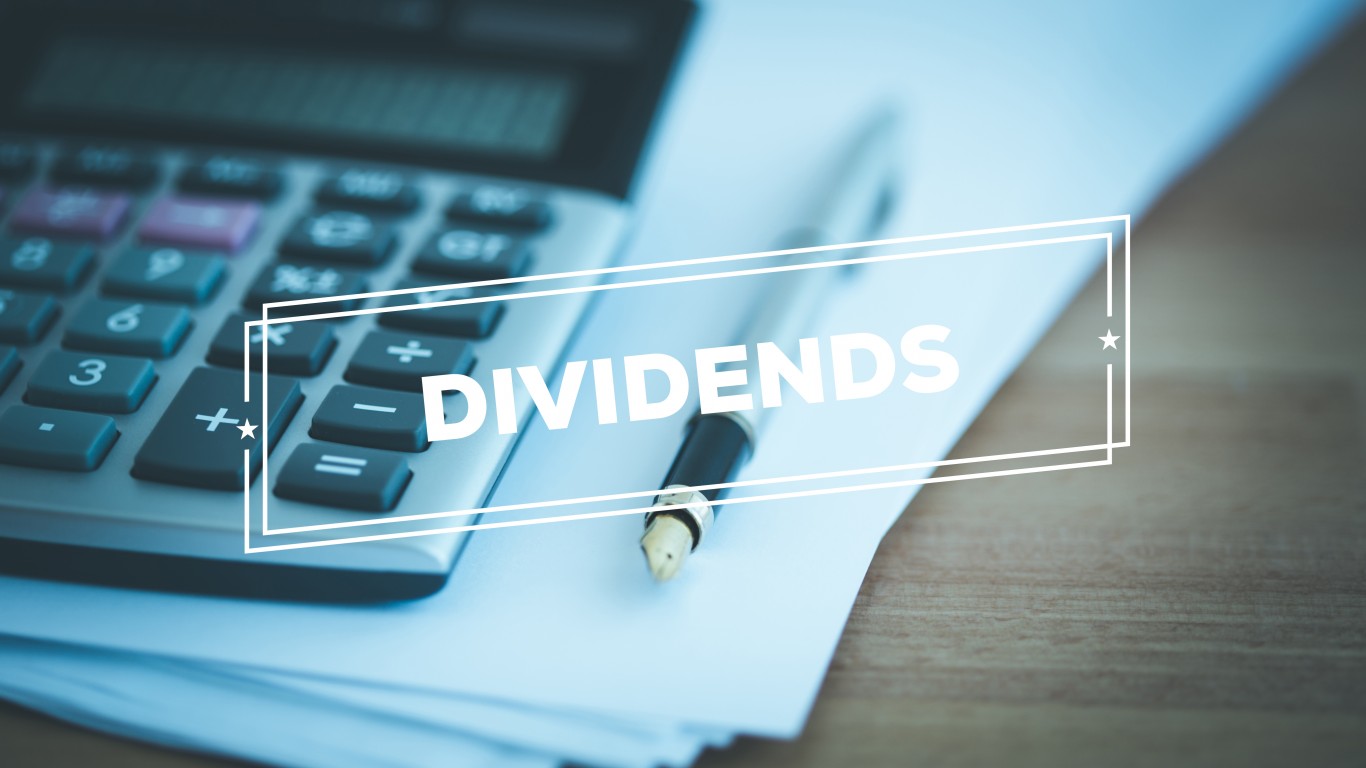
If one thing has proven to be true over time, and particularly in a wild 2020, the stock market is not the economy and the economy is not the stock market. As stocks were cratering into March, the hope of no recession turned into a widely accepted view that a deep recession in the COVID-19 pandemic was unavoidable. An atrocious unemployment report has now led to an even worse expectation for gross domestic product (GDP) in the second quarter that is frankly going to look and feel like the Great Depression.
The Federal Reserve Bank of Atlanta has released its semi-live GDPNow report on the heels of more than 20 million jobs lost in the nonfarm payrolls report. Can the U.S. economy handle a −34.9% move in second-quarter GDP? According to the Atlanta Fed’s live reading from Friday, that is now what is being suggested.
The seasonally adjusted annualized rate was already signaling −17.6% GDP as of the May 5 update, but the 20 million-plus jobs lost on the Labor Department’s payrolls report, combined with a negative wholesale trade, helped to cause even more damage. The COVID-19 pandemic is effectively turning a recession into a mini-depression, and the trillions of dollars in government stimulus money are meant to be a support for the economy.
Some of the negative GDP changes should not really be a surprise. These “nowcasting” reports adjust as the economic data are released, and it has been rather common knowledge that the data would continue to decline before they start to improve.
A gradual reopening of the economy can only do so much, and much of the country will have missed half of the second quarter due to later reopenings. Most workers who would benefit from the Paycheck Protection Program were only returning to work in May and in June as well. Even a month ago, there were predictions that unemployment could reach 25% in some states.
The Atlanta Fed further noted that second-quarter real personal consumption expenditures (PCE) growth and second-quarter real gross private domestic investment growth decreased from −21.7% to −33.9% (PCE) and −22.1% to −62.8% (investment) for the second quarter. The projection for second-quarter real government spending fell from +1.9% to −6.7%. The expected contribution of the change in real net exports to second-quarter real GDP growth rose from 0.82 percentage point to 1.62%.
Again, these forecasts may continue to degrade before they begin to improve. The GDPNow report specified that the Atlanta Fed does not anticipate the impact of COVID-19 on forthcoming economic reports beyond the standard internal dynamics of the model.
If a −34.9% reading in U.S. GDP for the second quarter sounds too extreme, the Federal Reserve Bank of New York has adjusted its figure in a less drastic move via its own Nowcasting report. Its reading lowered to “only” −31.2% in second-quarter GDP. Still, the data from this week contributed −21.9 percentage points to its Nowcast, and most of that damage came from the Labor Department’s report.
Similar to the Atlanta Fed’s GDPNow, the New York Fed’s Nowcast only accounts for data that is released and it is updated only gradually.
If the economy is able to reopen and the public can avoid large coronavirus case growth, it is possible that the second-quarter GDP expectations could manage to improve. If the economy is forced to shut down again, or if there is no real travel this summer, then GDP estimates will continue to worsen.
What happens if the shrinking jobless claims begin to rise again? There are many risks that the bad economy could get even worse and stay that way for longer than expected.
The Average American Is Their Savings Every Day (Sponsor)
If you’re like many Americans and keep your money ‘safe’ in a checking or savings account, think again. The average yield on a savings account is a paltry .4% today. Checking accounts are even worse.
But there is good news. To win qualified customers, some accounts are paying almost 10x the national average! That’s an incredible way to keep your money safe and earn more at the same time. Our top pick for high yield savings accounts includes other benefits as well. You can earn up to 3.80% with a Checking & Savings Account today Sign up and get up to $300 with direct deposit. No account fees. FDIC Insured.
Click here to see how much more you could be earning on your savings today. It takes just a few minutes to open an account to make your money work for you.
Our top pick for high yield savings accounts includes other benefits as well. You can earn up to 4.00% with a Checking & Savings Account from Sofi. Sign up and get up to $300 with direct deposit. No account fees. FDIC Insured.
Thank you for reading! Have some feedback for us?
Contact the 24/7 Wall St. editorial team.
 24/7 Wall St.
24/7 Wall St.

